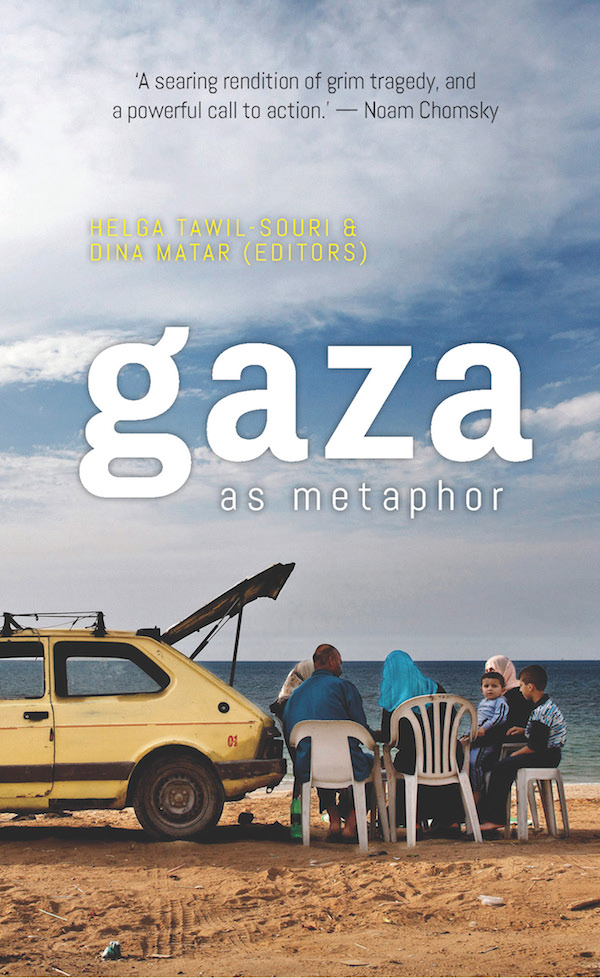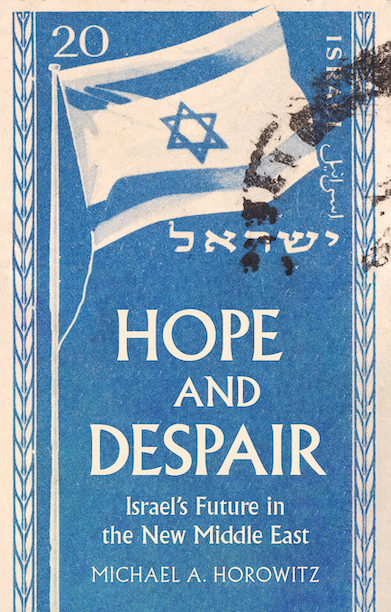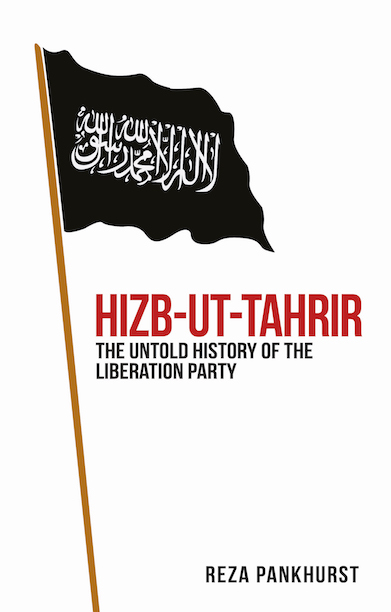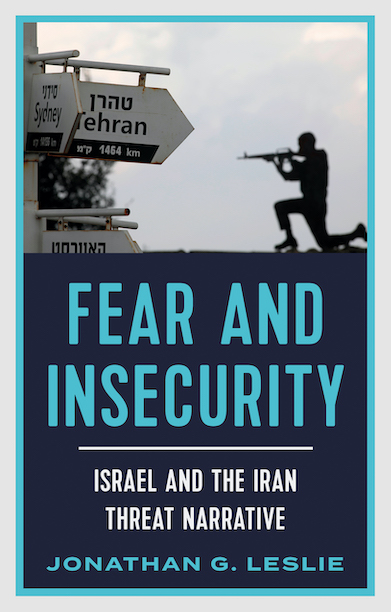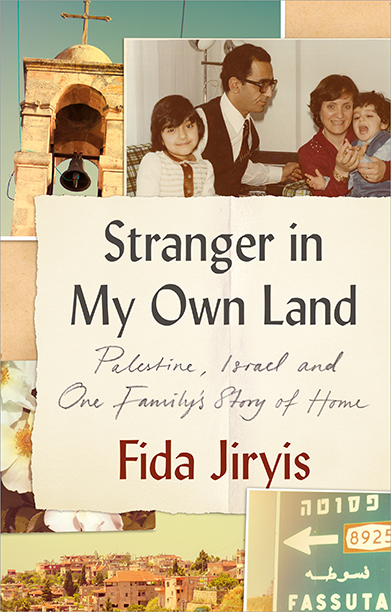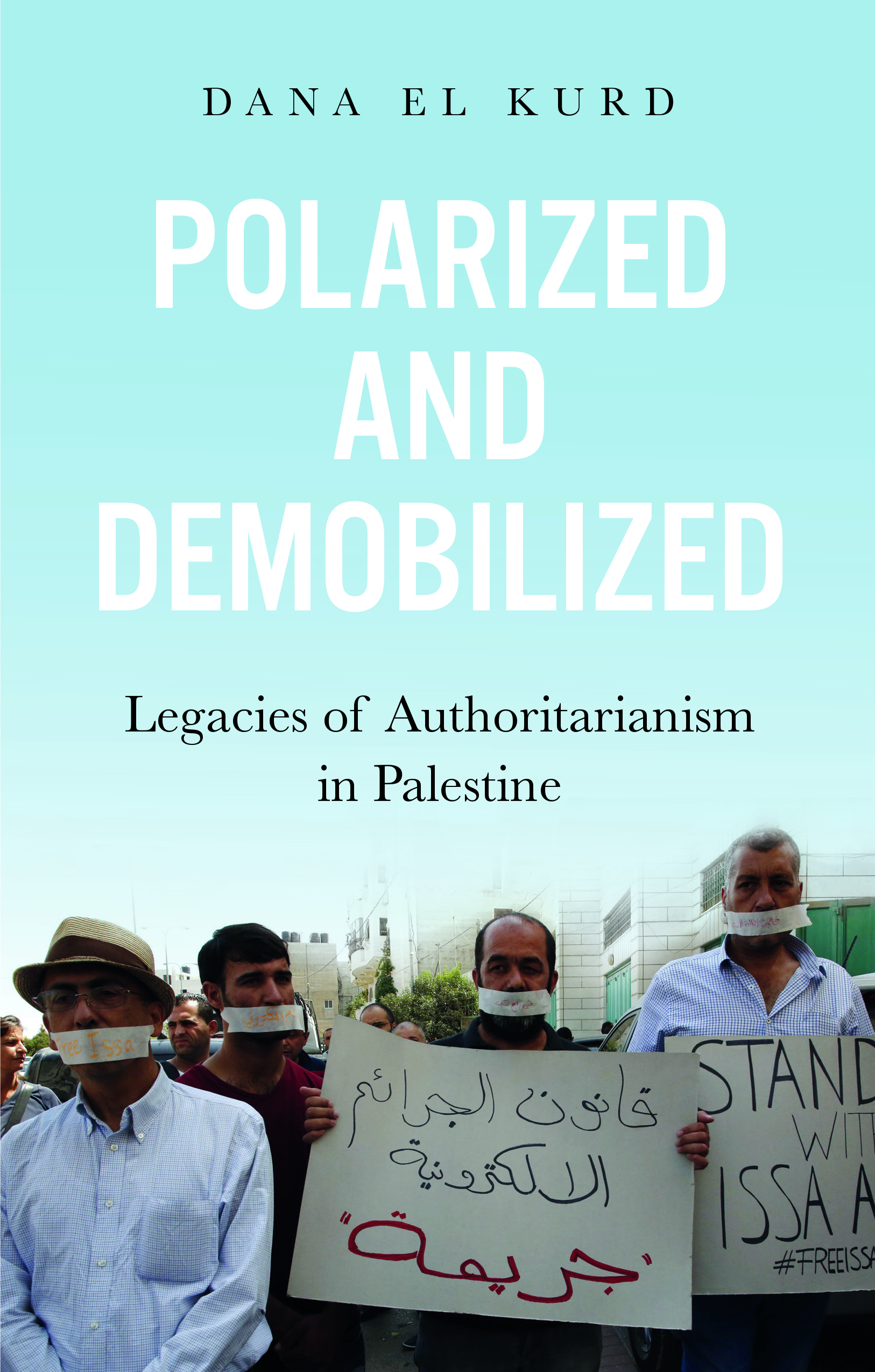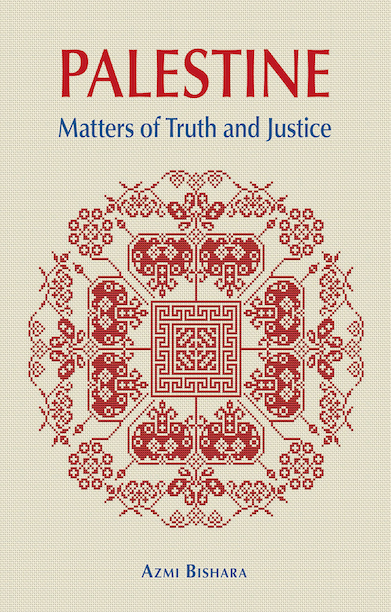Gaza as Metaphor
A unique multi-perspective take on the real and symbolic significance of this war-torn exclave — cultural and emotional as well as political.
‘A searing rendition of grim tragedy, and a powerful call to action.’ — Noam Chomsky
Description
Open-air Prison, Terror, Resistance, Occupation, Siege, Trauma: irrespective of when, where, and to whom the word is uttered, ‘Gaza’ immediately evokes an abundance of metaphors. Similarly, a host of metaphors also recall Gaza: Crisis, Exception, Refugees, Destitution, Tunnels, Persistence. This book brings together journalists, writers, doctors, academics and others, who use metaphor to record and historicise Gaza, to contextualise its everyday realities, interrogate its representations and provide an understanding of its real and symbolic significance. Offering perspectives from residents and observers, these essays touch on life and survival, the making of the Gaza Strip and its increasing isolation, the discursive and visual tools that have often obscured the real Gaza, and explore what Gaza contributes to our understanding of exception, inequality, dispossession, bio-politics, necro-power and other terms which we rely on to make sense of our world. The contributors reveal the manner of Gaza’s historical and spatial creation, to show that Gaza is more than simply a metaphor for far-away humanitarian disaster, or a location of incomprehensible violence — it is above all an inseparable part of Palestine’s past, present, and future, and of the condition of dispossession.
Table of contents
Introduction by Helga Tawil-Souri and Dina Matar
Section 1: Living Gaza
1. Helga Tawil-Souri, Gaza as Larger Than Life
2. Haidar Eid, Diary July 20, 2014 / Signposts on the Road to Liberation
3. Said Shehadeh, Ghazeh el Sumud: Confronting Israeli Mass Torture
4. Pierre Krähenbühl, Gaza as a Metaphor for Unsustainability
5. Mouin Rabbani, Israel Mows the Lawn
6. Naim Al Khatib, On War and Shit
Section 2: Placing Gaza
1. Khaled Hroub, Tunnels: Love, Lions and … Absurdities
2. Jehad Abusalim, From Fence to Fence: Retelling Gaza’s Story
3. Ilana Feldman, Gaza: Isolation
4. Salman Abu Sitta, Gaza Strip: The Lessons of History
5. Glenn Bowman, Gaza: Encystation
Section 3: Narrating Gaza
1. Selma Dabbagh, Inventing Gaza
2. Ramzy Baroud, Fighting Another Day: Gaza’s Unrelenting Resistance
3. Atef Alshaer, In the company of Frantz Fanon: The Israeli Wars and the National Culture of Gaza
4. Ilan Pappé, Can the Pen be Mightier than the Sword? Permission to Narrate Gaza
5. Dina Matar, Gaza: Image Normalization
Section 4: Thinking Gaza
1. Darryl Li, Gaza at the Frontiers of Zionism
2. Ariella Azoulay, Concentration-Place
3. Nimer Sultany, Repetition
4. Sara Roy, Gaza: No Se Puede Mirar – One Cannot Look, A Brief Reflection
5. Sherene Seikaly, Gaza as Archive
Reviews
‘Perhaps more than any place on earth, Gaza is a microcosm of our world of cruelty and barbarism, but, no less, of courage, creativity and resilience. With sympathy and deep understanding, these essays reveal the terror and sheer savagery to which the people of Gaza are subjected daily and their brave refusal to succumb to despair and hopelessness. A searing rendition of grim tragedy, and a powerful call to action.’ — Noam Chomsky
‘Gaza is a truth, to paraphrase Nietzsche, demanding its metaphors. Helga Tawil-Souri and Dina Matar have gathered the whirlwind momentum of a critical mass of caring intellects to dwell on the hermeneutic precipice when a piece of land in Palestine has become the fragmented site of a truth so bold and demanding that it forces all our languages to defy the tyranny of their compromised grammar. You have not read a book on Palestine as enduring a testimony to defiant dignity as Gaza as Metaphor. It captures with uncanny precision a traumatic moment in a colossal catastrophe the Palestinians call Nakba and the rest of the world can now see as the mirror metaphor of their own innermost struggles for truth and justice.’ — Hamid Dabashi, Professor of Iranian Studies and Comparative Literature at Columbia University, and author of The Arab Spring: The End of Postcolonialism and Brown Skin, White Masks
‘Gaza is a microcosm of global realities, “surplus humanity” fighting oppression and induced impoverishment against powerful militaries of the Global North. Through the fluid medium of metaphor, Tawil-Souri and Matar provide their contributors with a means of exploring the range of ways Gazans cope with imposed conditions of dispossession and “bare life.” Ultimately, they collectively rescue Gaza from metaphor as an actual location of humanity and resistance.’ — Jeff Halper, Director of the Israeli Committee Against House Demolitions (ICAHD) and author of War Against the People: Israel, the Palestinians and Global Pacification
‘This pathbreaking book takes the reader beyond the spectacle of ferocious warfare on Gaza to open up an expansive gaze onto a hermetically-sealed strip that has become both metaphor and metonymy for the Palestinian condition. The volume lucidly unpacks the metaphors by which Gazans live and die, shedding empathetic light on their creative quotidian struggles to exist. Written within diverse genres, the essays offer the reader vital conceptual tools for engaging the ongoing nakba of Palestinian history.’ — Ella Shohat, author of Taboo Memories, Diasporic Voices
‘Gaza as Metaphor offers an impressive selection of the most recent work of some of the best specialists, Palestinian and non-Palestinian. It is a very welcome reminder, as one of the contributors puts it, that “Gaza is Palestine.” Stimulating and dense, this edited volume is also fluid and absorbing.’ — Jean-Pierre Filiu, author of Gaza: A History and From Deep State to Islamic State: The Arab Counter-Revolution and its Jihadi Legacy
‘This carefully edited collection of essays and stories, mainly by Palestinian academics, is a rich insight into Gaza’s reality of human life versus inhuman violence — a challenge to false constructed image and narrative. These “unwanted Palestinians” come to life in vivid evocations of day-to-day struggle under Israeli military onslaught, and the tunnels’ business of lions and radiant brides coming through to life in Gaza.’ — Victoria Brittain, author of Shadow Lives: The Forgotten Women of the War on Terror
‘Gaza as Metaphor is an exemplary collection: comprehensive despite its relatively small size, greatly readable, very stimulating, and most satisfying intellectually and aesthetically: a landmark in Gaza studies and an important addition to Palestine studies.’ — Gilbert Achcar, Journal of Palestine Studies
‘All [the contributors] have something unique and important to impart in this compilation of consistently excellent essays … If widely read, Gaza as Metaphor has the potential to raise the volume and increase the resonance of Gazans’ stories.’ — Sally Bland, Jordan Times
Editor(s)
Helga Tawil-Souri is Associate Professor of Media, Culture, and Communication and Director of the Hagop Kevorkian Center for Near Eastern Studies at New York University. Her work focuses on issues of spatiality, technology, and politics in the Middle East, and especially Israel/ Palestine.
Dina Matar is Associate Head, Centre for Media Studies at SOAS, University of London. She is the author of What it Means to be Palestinian and co-author of The Hizbullah Phenomenon: Politics and Communication.
